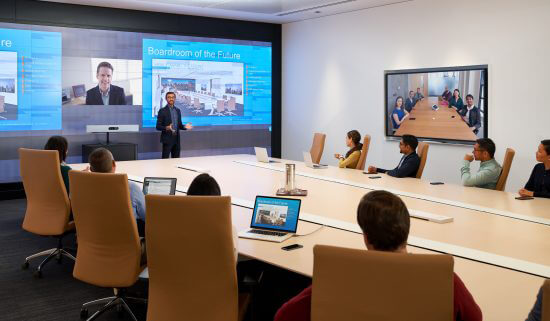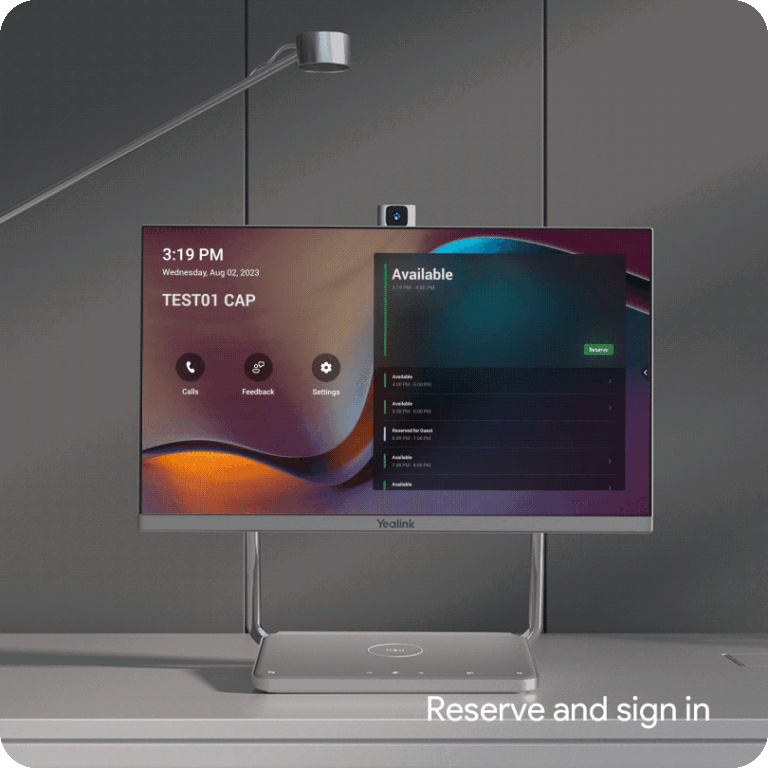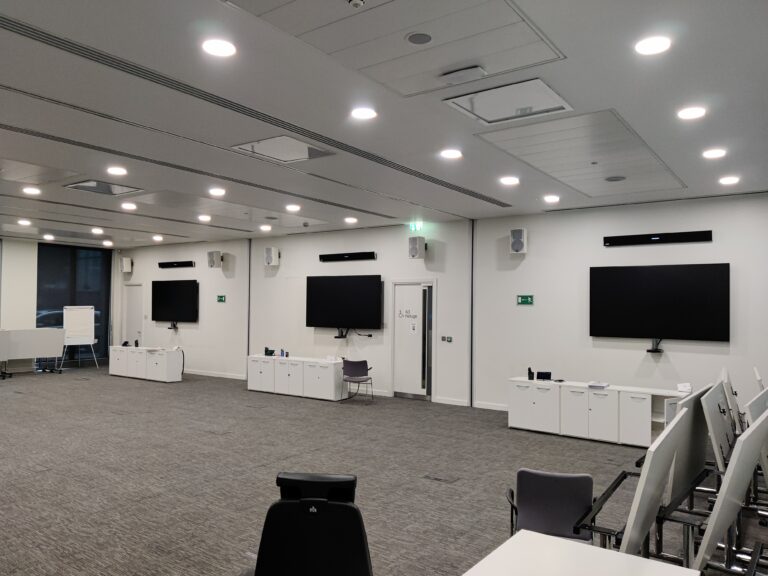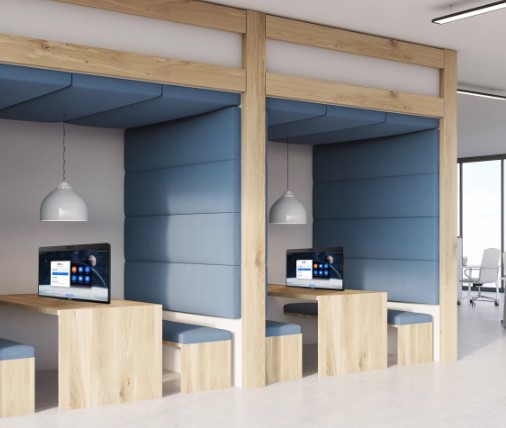Skype is the world’s biggest international Voice over IP provider, used by millions daily as a way to keep connected with family & friends. This wonderfully free tool has made consumer video calling as common as sending a text, and has opened up a world of face-to-face interaction that would never have been possible directly from your front room merely 10 years ago.
But it’s also opened up a can of worms. Skype has posed one of the biggest challenges for the video conferencing industry over the past 5 years, due to it’s closed architecture & “island” approach towards interoperability. It uses it’s own media protocols that does not follow industry standards – or in layman’s terms, “we’re doing it our own way. Choose our way or the highway”. And with the purchase of Skype by Microsoft back in 2011, we’re not too surprised it hasn’t opened up. In fact, there’s a great deal of money to be made in Lync (Skype for Business) if it’s the only professional solution the 200 million or so Skype users can talk with.
Now the protocol issue isn’t a new thing. Non-interoperability has always been prevalent in the video communications world. Standards and protocols developed over the past two decades define the way video & audio data are captured, converted & transmitted between endpoints, but these idea’s don’t have to be abided by. Over the years, the video standards have evolved, new protocols have been developed, and individual vendors have implemented their own versions of the same protocol, creating a network of disconnected networks, unable to talk between one another without special integration and gateways.
But to enable business-to-business video communication to become pervasive and for the real benefits of video collaboration to be recognised and achieved, the industry knew that the vendors had to find a little common ground (though some may say certain situations meant they were made to). A handful of standards (namely H.323 and SIP) prevailed and everyone in the game needed to work on making their endpoints & infrastructure fit in with this norm. No, it isn’t yet perfect and the “any-to-any” concept isn’t yet complete. But standards-based interoperability is the right approach, and to quote Cisco, “it will accelerate innovation, create economic value, and increase choice for users of video communications, entertainment & services.”
As for Skype, it doesn’t fit with this norm. And neither does Skype for Business (Microsoft Lync). Using their own closed, proprietary formats, the world of Microsoft video communications stands on it’s own.

Smiles all around with Office based employees, Home Workers, Desktop clients & Skype users all in one meeting space
So, how have we done this then? Let me explain.
2 days ago, I was involved in this revolutionary video conference. Meeting in a VMR, the call consisted of a new Cisco SX80 in VideoCentric’s boardroom, a Cisco EX90 desktop system, two end-of-life Tandberg E20 video phones, a Jabber Video client… and a Skype user. The call worked. The quality was great. Skype to Cisco interoperability was in the bag. And just for good measures, we tried out few Polycom & Lifesize systems too – No problem.
How did we manage it? We used a platform called Pexip.
Without gateways or plugins, the Pexip infinity Virtual Meeting Room handled our Skype user just as it would any other protocol or codec. Seamlessly.
Our Skype user simply called into the Pexip VMR and experienced the superb HD quality video & audio from the professional endpoints. And the professional endpoints saw the Skype caller in all their Skype glory. No confusing call backs, no special links to click, no costly gateways to install. Just join the meeting room directly from your buddy list and get on with business.
With native Skype interoperability, Pexip has just made a huge leap in the world of video conferencing. Skypers can be involved in any professional video meeting taking place, anywhere in the world. No matter whether an organisation has Cisco, Polycom, Vidyo or Avaya video endpoints, an on-premise or cloud-based infrastructure, is using WebRTC or is holding an audio conference call, Skype callers can seamlessly interoperate, communicate and collaborate.
Time to celebrate? We think so too.
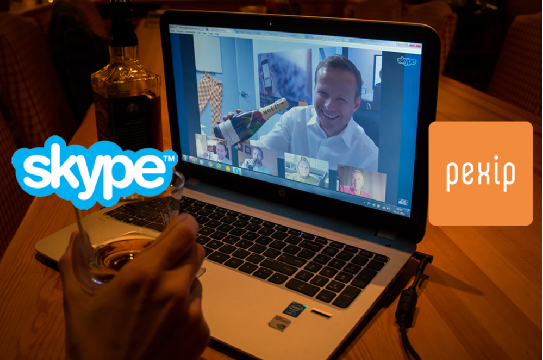
More Information?
- Find out about Pexip on the Pexip Manufacturer page here
- Solution: Pexip-As-A-Service in The VideoCloud
- Solution: Pexip On Premise: Pexip Infinity
- Video Conferencing Solutions for Small Rooms & Huddle Spaces
Whether you’d like to find out more about Pexip and how it can assist you with your Skype for Business, Microsoft Lync or WebRTC connectivity, or if you’d like to see how it can assist as a gateway for your Cisco, Polycom and Lifesize solutions, contact us today and we can talk you through the options and assist you with a trial of Pexip Infinity, either in the Cloud on on-premise… or a hybrid of the two.
Back to VideoCentric’s Blog >>



